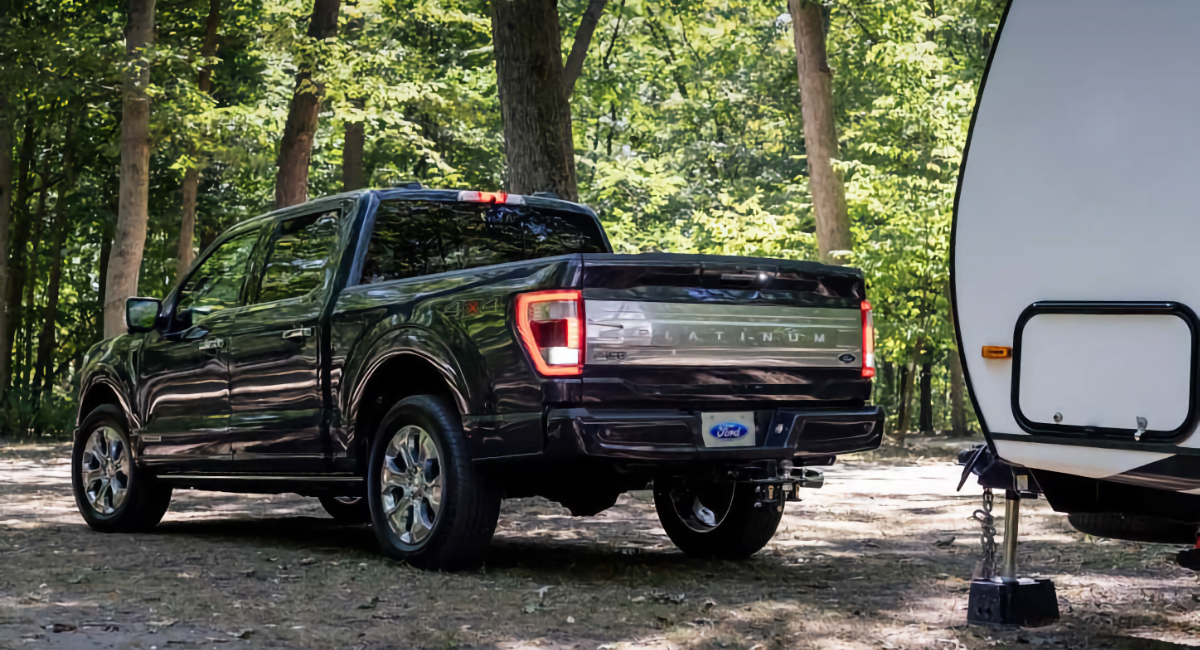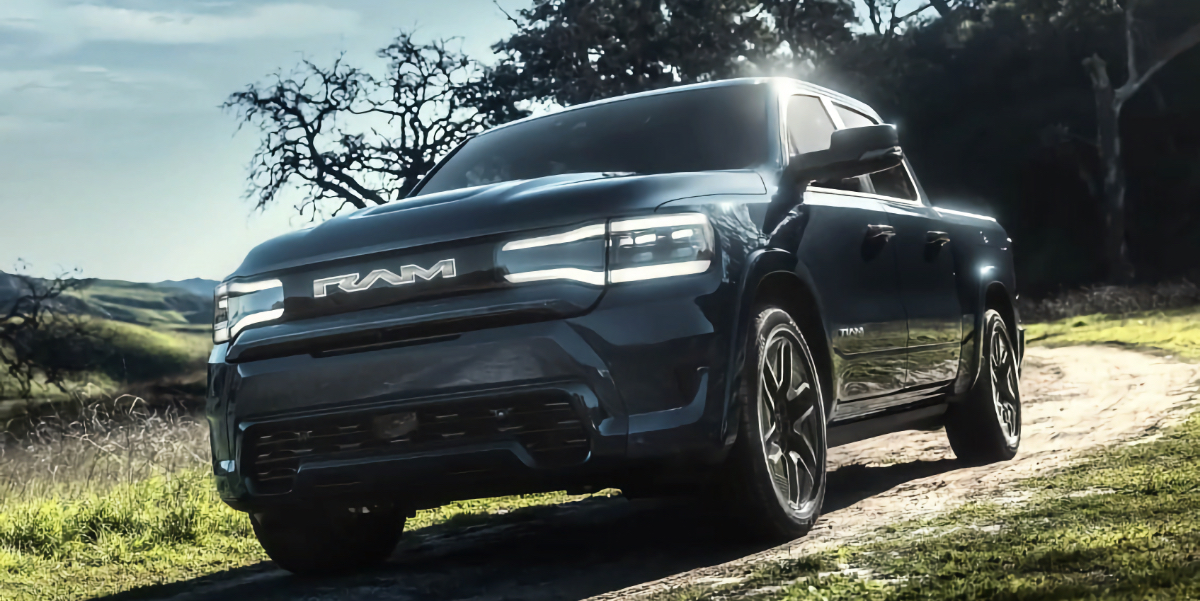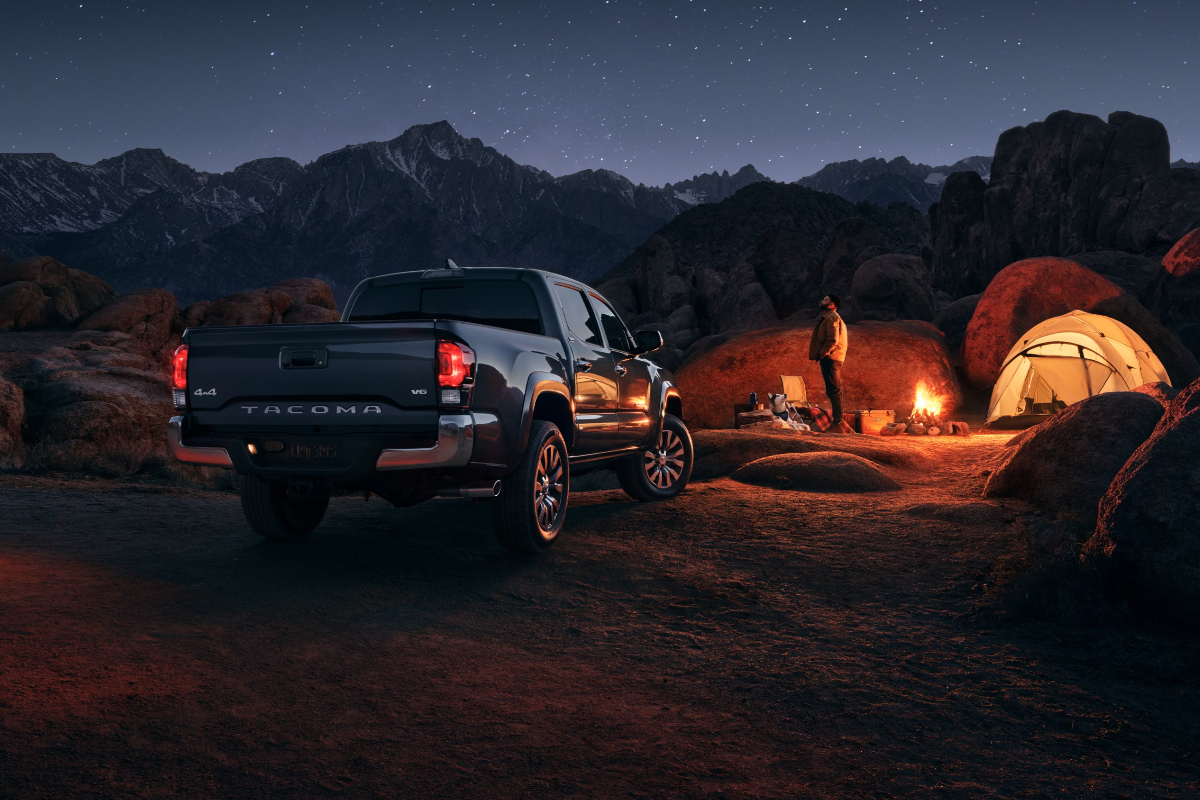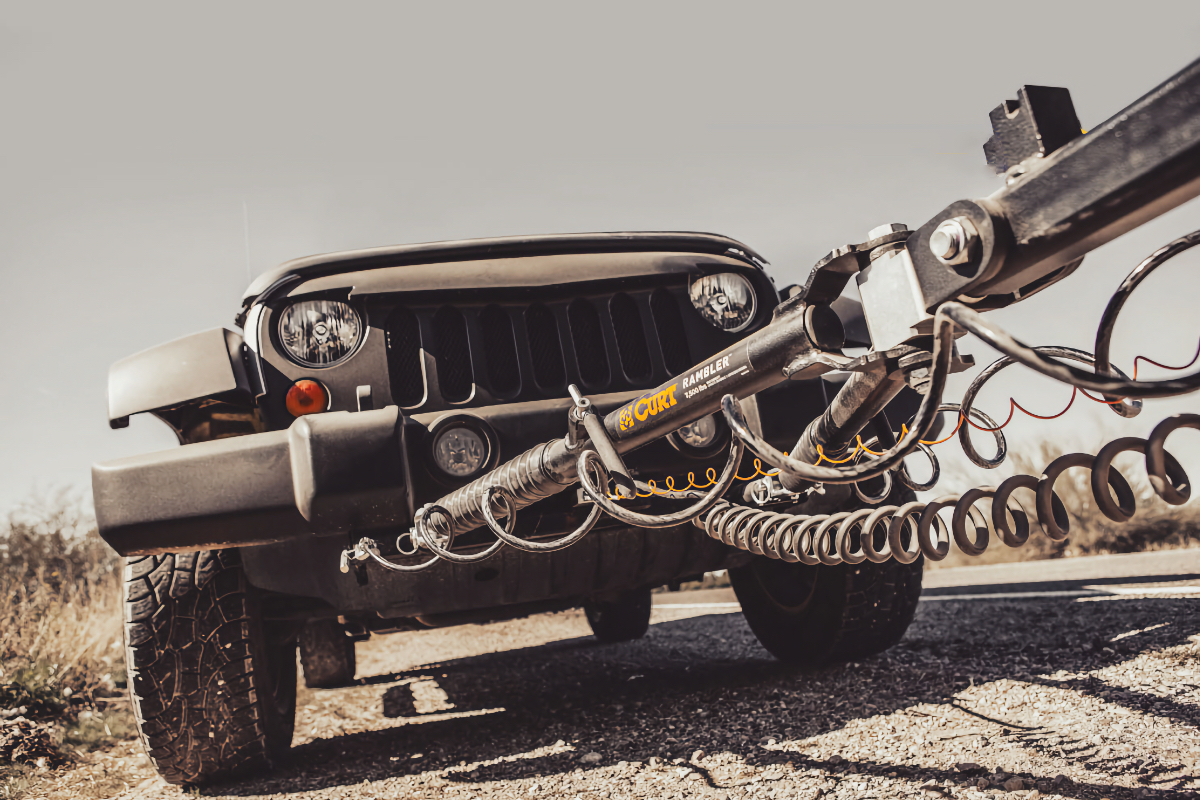How to Choose a Dinghy Tow Vehicle
Image Caption:
Part and parcel to the motorhome lifestyle is bringing a dinghy vehicle along for the journey. It’s a simple concept — the RV is your home-on-wheels that stays parked in an RV park, and the dinghy serves as the family runabout for sightseeing, exploration and local errands. What may not be so simple is choosing the right dinghy vehicle for your needs.
Identify Motorhome Tow Rating
Start by verifying the tow rating of your motorhome. A large gas or diesel Class A may not have difficulty towing most suitable vehicles, but a smaller Class C motorhome may have a limited tow rating, so be sure to check with the chassis or motorhome manufacturer first. The weight of the vehicle you are considering, meanwhile, should be available on the manufacturer’s website under “specifications.”
Consider your lifestyle
Think about your lifestyle and how you plan to use a dinghy vehicle. For example, if you like hiking and/or mountain biking, you’ll probably be interested in a small SUV with 4WD/AWD capabilities and seatbacks that fold down to accommodate your gear. Deciding what you want ahead of time will help narrow the search.
Choose a Towable Vehicle
Next, determine if the vehicle you’re considering is towable, and if the towing process is relatively convenient. Unless a prospective dinghy is brand new, or isn’t in dealer showrooms yet, you should be able to download a copy of the owner’s manual online. In the index, search “towing,” which should have subheads for “recreational towing,” “flat towing,” etc. If the vehicle is towable, there will be instructions for towing it, which may be as simple as turning the key to the accessory (“ACC”) position and putting the vehicle in neutral, or may be a time-consuming process of placing the 4WD system into towing mode, removing fuses and/or disconnecting the negative battery post.
Aftermarket Adjustments
There are aftermarket solutions for making some of these processes easier but, of course, they will come at an additional cost both in initial purchase and installation labor.
Care must be taken when considering a new vehicle for dinghy towing. For example, the 2020 Ford Edge is towable with the available 2.7-liter engine, but not with the 2.0-liter version. It’s also important to verify that the vehicle can be towed at speeds of at least 55 mph, and if any special procedures (such as starting and running the vehicle every few hundred miles) will be required.
Keep in mind that the equipment necessary to tow your new vehicle may not be available yet. Some items, like an auxiliary braking system, are universal, but the baseplate, which provides a connection point for the tow bar, is model specific. Companies like Blue Ox, Demco and Roadmaster have fit lists on their websites that will tell you if a baseplate for a particular car/SUV/truck is currently available. If not, contact the company in question and ask when/if a baseplate will be offered — because you can’t tow without one.
The same baseplate fit lists will usually include the installation instructions, which you should review carefully. Not all vehicles are the same, and some require more extensive modifications to make the baseplate fit. This will not only provide some idea of how much labor is involved, but will help you decide if you’re comfortable with the modifications required. For example, part of the lower grille or front fascia may need to be cut away to make room for the connection points, which may make you queasy if the vehicle is brand new.
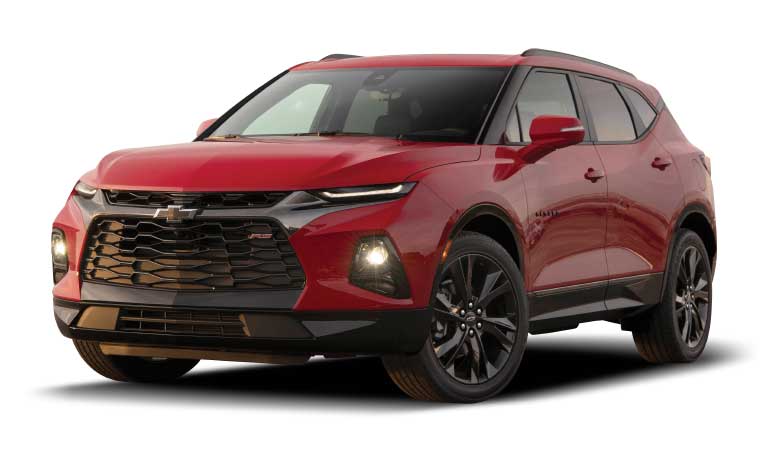
Introduced in 2019 and unchanged for 2020, the Chevy Blazer is another attractive dinghy SUV option. The pre-towing checklist is relatively short, but the owner’s manual states that the vehicle’s battery will need to be charged while towing, which can be accomplished through the use of a charge line kit offered by Roadmaster and other aftermarket companies.

